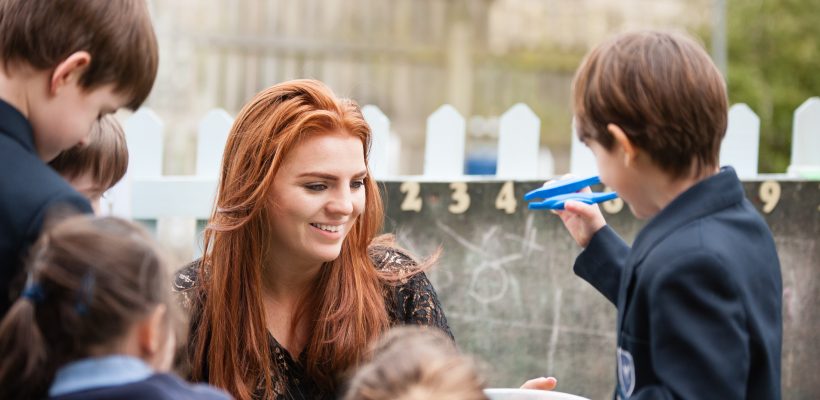What to look for in a Primary School Visit
Choosing the right primary school for your child is one of the hardest decisions for any family. At such a young age you are deciding the next 7 years of your child’s school life. Everybody has a different set of criteria in terms of what they are looking for in a school. However, most parents and grandparents want to ensure their child achieves the following:
- Happiness
- Academic Excellence
- Creativity
- Confidence
- Resilience
and probably most importantly to instill a love of learning that leads to academic success.
There are several key things to look for when choosing the right primary school for your child:
- Open days/mornings are great but to get a true feel for the school, visit again during a normal school day. See the children in the classroom environment, do the pupils look happy and engaged in the lessons, are they working in teams, are they inquisitive? Observe a break time, are the children being kind and respectful, is there any bad behaviour and if so, is it dealt with both quickly and efficiently. Do they walk around school calmly and well behaved? Are they good ambassadors of their school? Do they wear the uniform with pride? Did you feel welcome when you first entered the school?
- Look at the displays, they can give a good indication of what the children are working on in class. Do the displays celebrate the pupils’ work and achievements, are they interactive?
- Ask questions, how does the school support high or low achievers, is there a parent / pupil survey which you can look at, where do children normally go to secondary school afterwards, is there morning and/or after school provision etc.
- Find out if the school offers extracurricular clubs. If a school has a wide variety of both lunchtime and after school clubs this can really add to a child’s school experience, and is a sign of committed and passionate teachers, who will want to go the extra mile to support your child’s educational journey.
- Study the schools’ website. Is there information on there about the school’s ethos and values? If so, do you agree with them? Read their latest OFSTED/ISI report. Does the school have regular newsletters, it may be useful to have a look through recent ones as this will give you an insight into daily school life, are the children’s achievements celebrated frequently? Check out the school calendar, is it filled with different trips and excursions? All these will enrich a child’s learning.
As well as considering the factors above, it is also important to trust your instincts when choosing the right primary school. Nothing beats the feel-good factor when you walk round somewhere. Primary schools can be a fantastic experience for both you and your family; great relationships, academic excellence, and a love of learning which will continue to grow.
The deadline for Primary School Applications for September 2020 is the 15th January 2020.


